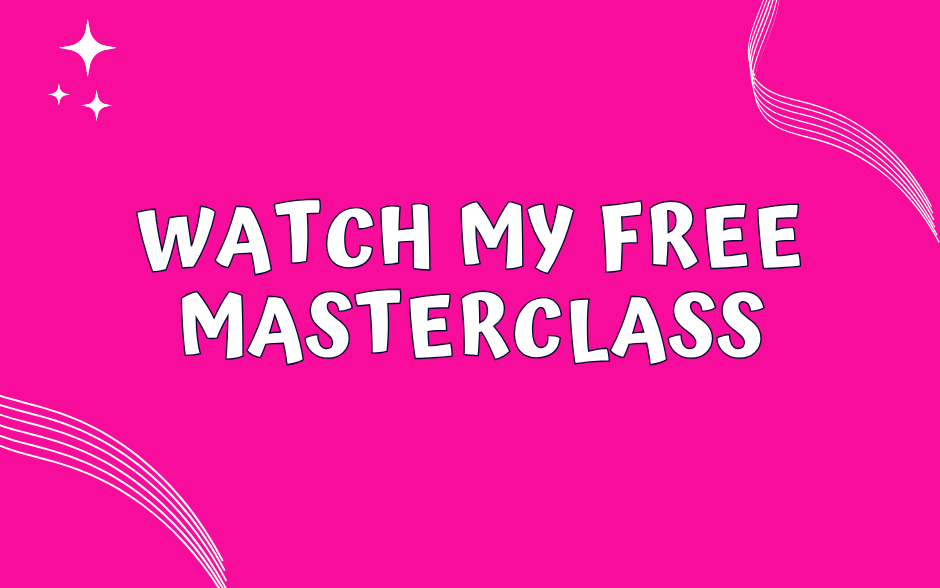Everything you need to know about the Drama Triangle

If you lead a team, then you may have experienced employees making excuses about why they haven't done something. They may also at times express concern or worries to you about things being unfair.
Sometimes what they are saying will be completely justified, in which case you need to listen to their concerns, needs, rationale and support them accordingly. But, if it's happening regularly, then you may be inside the Karpman Drama Triangle, without even realising.
This blog will explain everything you need to know about the drama triangle, as well as the 3 steps to follow if you need to get out of it.
What is the Drama Triangle?
Dr Stephen Karpman created the Drama Triangle as a way to help people in dysfunctional relationships make positive changes. The triangle shows a type of destructive interaction that can occur among people in conflict. In this triangle, people shift between three roles, Persecutor, Rescuer, and Victim, all held in place by guilt and blame.
This model is popular with Leadership Mentors and modern HR Professionals to describe and explain toxic workplace behaviour.

There are 3 roles in the drama triangle:
- The Victim - This is the 'poor me' situation, where the person is helpless. They blame the persecutor and seek a Rescuer to solve the problem for them.
- The Persecutor - The villain i.e. the person that the victim perceives as the bad person. They either want something or are seen as strict and firm by the victim. Or they say no to a request.
- The Rescuer - This is the person trying to help the victim. Rescuers constantly intervene on behalf of the Victims and try to save Victims from perceived harm. They feel guilty if they don't act.
This is the basis of a lot of storylines, where you have the hero, the victim and the villain.
Think of stories like little red riding hood or pretty much any Disney movie, where you see these three roles played.
In the workplace, a leader and employee often dance around this triangle. The employee often starts as the victim and the manager is the rescuer or persecutor. But the roles can change during the conversation, so the manager becomes the victim and the employee becomes the persecutor. On occasions, you may notice a third person joins, to play one of the roles too.
Real Life Examples
Now you are aware of what the Drama Triangle is, let's look at some examples. Jamie is the leader. Sarah and Daisy work in his team.
P = Persecutor
V = Victim
R = Rescuer
Example 1
Jamie: Sarah, your report was due yesterday. Could you please send it over to me as soon as possible? (P)
Sarah: Sorry, I haven’t finished it yet. (V)
Jamie: But I need this urgently. Why didn't you let me know if you weren't able to make the deadline? (P)
Sarah: I didn't realise it was that urgent. You should have reminded me earlier (V)
Jamie: It's not my responsibility to remind you. Can you pull a report quickly now, just so I have the key info for the meeting? (P)
Daisy (a colleague who overhears the conversation): I've got 15 mins now, I can pull the report for you. (R)
Jamie: Ok great. I just need this before the meeting, otherwise I may as well cancel it. (V)
Sarah: I want to look at the reporting anyway, as it's too manual and could be a lot better. If Davinda sorted out the IT issues that would help. (P)
Jamie: It's better than what we had last month. I have to pull together 5 reports, which is why I need time to go through them all, otherwise I don't get a lunch break (V)
Read it carefully. Can you see how the roles change during the conversation?
This is a simple example. But have a think about your team and how you respond to things
Example 2
Sarah: I wanted to talk to you about my pay. I've worked really hard over the last 6 months and I know other people in the team are paid more than me, which is unfair. Can you consider increasing my salary to match Tim's (V)
Jamie: Thanks Sarah, I agree you have worked really hard. I will talk to HR about this at the next pay review meeting, which is April. They can do the job evaluation to see if you're below where you should be. (R)
Sarah: April is 4 months away. If you choose not to look at my salary right now, you clearly don't value me. (V)
Jamie: I do value you very much. But the process is for us to review salaries once a year in April. I have said that I will ask HR to review your salary at this point. (R)
Sarah: That's a shame you can't do more for me, as my manager. I'll need to start looking for a new role then if you don't pay me what's fair (P)
Jamie: I really don't want you to leave the organisation. It will take me ages to replace you, and it's difficult already with Justin leaving. I will speak to HR next week to see if there's anything we can do before April. (V)
Sarah: Thanks. My husband is bring made redundant so I really do need the extra money at the moment. Things are hard right now. (V)
Jamie: I didn't realise your husband was being made redundant. Ok, I see this is urgent. I will speak to HR tomorrow. (R)
3 steps to get out of the Drama Triangle
If you can see yourself in any of these roles, then don't worry. Many leaders get stuck in the drama triangle, without even realising.
If you are in this situation, you should aim to move to the centre of the triangle. Right in the middle of the triangle is the sweet spot, where we are no longer in the triangle. This is where you purposefully stop acting as the victim, rescuer or persecutor.
To break free from the drama triangle, I recommend these 3 steps.
Step 1: Understanding the drama triangle
The first step is having an understanding of the drama triangle. Real change can only happen once you recognise the roles and the patten of behaviour.
Step 2: Awareness of when it's happening
Once you understand the concept, you need to know when it's happening and what you are doing / saying within the triangle.
This isn't easy, but once you become aware of it, you will start to see the pattern. Try to name the roles when you experience to understand the dynamics. You can try to pause before answering to be more mindful of the roles you play and your natural response.
Step 3: Forming new habits
Once you can see how you and the employee dance around the triangle, the next step is adding new habits or routines to start to break it up. This can involve having some key phrases to stop you from getting into the triangle, such as: Let's discuss at our next 1-1, rather than on email. Or, I can see you're upset, so let's find a better time for us to talk through issue over a coffee.
Or, for an easy win, ask your PA to start chasing for missed deadlines on your behalf to prevent the triangle from forming.
Once you stop the game, the drama stops too. If you have an employee who wants to be the victim. If this is their personality type, they are likely to find someone else to play mind games with if you're not engaging.
Getting you free from the Drama Triangle will help you to lead with more impact and manage your own boundaries better. It also means you can make better choices about how to take care of yourself and support your team members, without getting sucked into the drama.
Ultimately, a healthy working relationship is about setting boundaries and having trust and respect. Both parties are accountable to build trust and make the relationship work.






